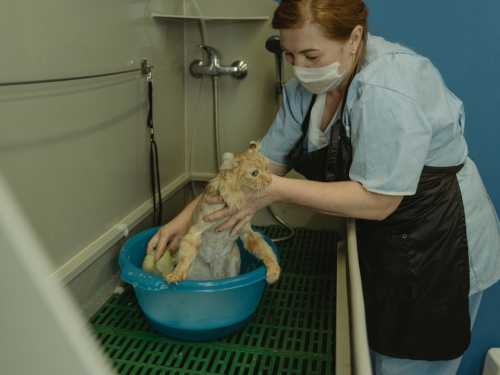
Romulus and Remus are two 6-month-old direwolves created by genetically engineering cells from living grey wolves. (Image credit: Colossal Biosciences)
Dire wolves disappeared about 12,500 years ago. Now, thanks to genetic engineering, they are back in what scientists are calling the “world's first de-extinction.”
Scientists at Colossal Biosciences, a conservation biotech company known for its efforts to bring back woolly mammoths, say they have successfully raised three dire wolf (Aenocyon dirus) cubs. This was made possible by reconstructing the wolf's genome from ancient DNA, identifying versions of genes unique to dire wolves and not their modern relatives.
The team then altered the DNA of modern gray wolves (Canis lupus) to incorporate these unique gene variants. They placed the DNA into gray wolf eggs that had been stripped of their nuclei and allowed them to develop in a lab before inserting them into the wombs of surrogate dogs, TIME reports. Three embryos successfully implanted in three surrogate dogs, resulting in the birth of snow-white puppies named Romulus, Remus, and Khaleesi, who resemble Jon Snow’s direwolf, Ghost, from the HBO series Game of Thrones.
“Our team extracted DNA from a 13,000-year-old tooth and a 72,000-year-old skull and created healthy dire wolf puppies,” said Colossal CEO Ben Lamm. “It was once said, ‘Any sufficiently advanced technology is indistinguishable from magic.’ Today, our team can demonstrate some of the magic they’ve been working on.”
How to create a dire wolf
To “resurrect” the direwolf, the team used a process similar to that which led to the creation of Dolly the sheep in 1996.
In this method, a single cell is removed from the organism being cloned and its genetic material, contained in the nucleus, is extracted. This genetic information is then placed into an egg from a donor animal of the same species from which the nucleus was removed. The egg now contains all the genetic information needed to restore the original organism being cloned and is given to a surrogate mother to carry.
However, because dire wolves went extinct at the end of the last ice age, Colossal had to reconstruct their cells by comparing data from the fossil record.
To reconstruct the animal's genome, they used genetic samples from the dire wolf's fossil remains and compared them with the genomes of living relatives, including wolves, jackals, and foxes. They chose gray wolves as egg donors because these animals are the dire wolf's closest living relatives.
Sourse: www.livescience.com





